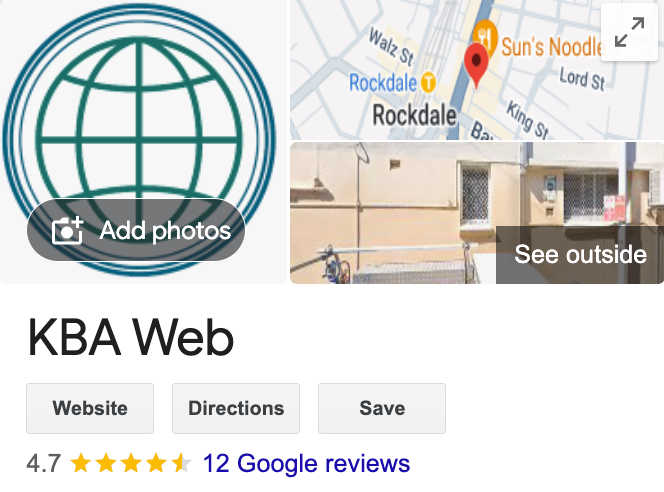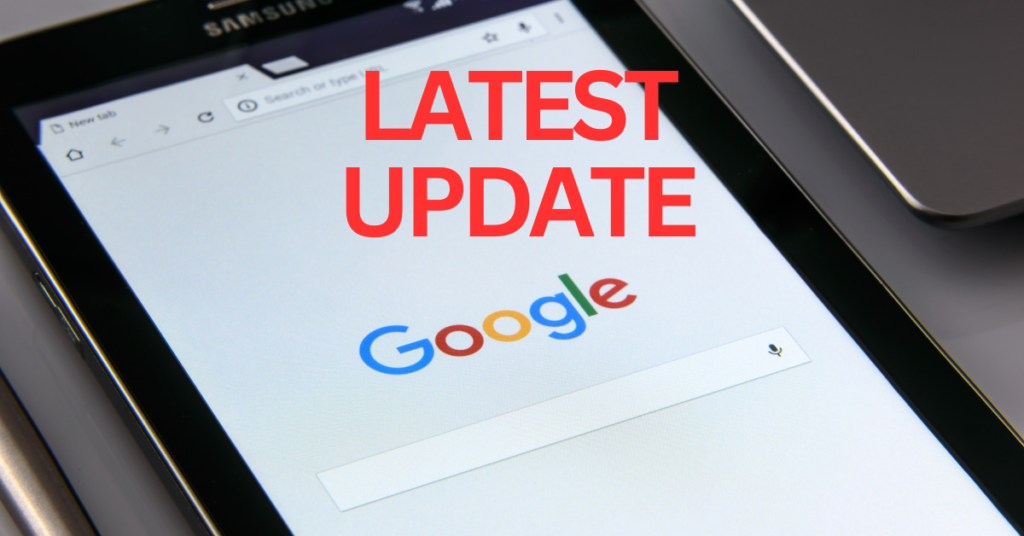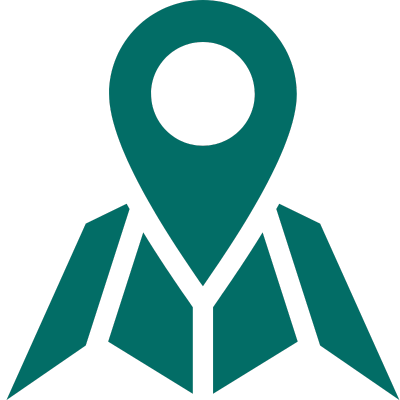If you are a small business owner looking to boost your local visibility online, do local SEO. Local SEO for small businesses has become a game-changer today to get your business visible online. It’s the key to getting found by nearby customers who are actively searching for products or services like yours. With the right local SEO strategies, you can improve your local search rankings and attract more foot traffic to your store or website.
In this local SEO guide, we’ll walk you through the essential local SEO tips for 2024 to help your small business thrive. You’ll learn what local SEO is and why it matters, how to optimise your Google Business Profile, ways to improve your website for local search engine optimisation, and how to measure your local SEO performance. Whether you’re new to SEO or looking to fine-tune your existing local SEO marketing efforts, these insights will give you the tools to stand out in your local market and connect with more potential customers.
What is local SEO?
Local SEO is a digital marketing approach that boosts your website’s ranking in local search results and connects you with nearby customers. It ensures your business pops up when folks in your area look for what you offer. By focusing on your city and address, you make it easier for potential clients to find you online and visit your physical brick-and-mortar location.
This local search engine marketing method aims to increase a company’s visibility in local search outcomes. It goes beyond just being discovered; it’s about the right people finding you at the right moment. When someone nearby hunts for products or services you sell, local SEO optimisation puts your business front and centre in their localised organic results.
Importance for small businesses
You might ask, “Why does local SEO matter so much for my small business?” The answer comes from how people’s shopping habits have changed and how much they now depend on online platforms to find local info.
Check out these surprising numbers that demonstrate the benefits of local SEO:
- Searches for “near me” have grown by over 500% in recent years.
- Mobile searches for things like “open near me now” have jumped up 200%.
- 30% of all searches on mobile devices are about location.
These figures show how important local SEO is in linking businesses to potential clients. People use search engines like Google to find local services or businesses near them. Having a good local SEO plan makes sure your company shows up at the top when your audience searches for your products or services online.
Local SEO matters a lot for small businesses because it:
- Boosts your online visibility
- Helps you beat the competition
- Creates trust with local customers
- Gives you a cheap way to market
When you fine-tune your online presence to show up in local searches, you boost the likelihood that people in your area will discover and pick your business. This focused local SEO strategy brings relevant visitors to your website and, in the end more customers to your physical store.
Best Strategy to Improve Your Website for Local Search
To make your website more visible in local search results, you need to put a complete local SEO management plan into action that covers different parts of local search engine optimization. Let’s look at the main parts of a good local search optimization plan.
1. Knowing How Your Customers Behave
Before you start making technical changes, you need to understand how people in your area look for businesses like yours. Look at search patterns, common keywords, and what users want to find. This knowledge is the base for all your local SEO consulting work.
2. Doing a local SEO audit
Begin by doing a full local SEO audit to find areas you can make better. This check should include:
- Google My Business Profile check
- Website crawling and indexing review
- On-page SEO analysis
- Citation check
- Competitor research
By spotting weak points in your current plan, you can focus on improving what matters most.
3. Making the Most of Your Google Business Profile
Your Google Business Profile (GBP) plays a key role in local SEO. To get the best results:
- Keep your business details correct and current.
- Add clear, eye-catching photos and videos
- Choose the right business categories.
- Post updates and offers often.
- Ask for and reply to customer reviews.
A GBP profile that’s well-tuned boosts your shot at showing up in the Google Local Map Pack and Google Maps results.

4. Tuning Up for Google’s Local Pack
The Local Pack, which shows three local business listings at the top of search results, is prime space for local businesses. To boost your chances of popping up in the local pack:
- Keep your NAP (name, address, phone number) the same across all online platforms.
- Get good customer reviews and ratings.
- Tune your website with local keywords and local content.
- Get high-quality local inbound links.
5. Using Local Keywords and Content
Make content that clicks with your local audience by:
- Put location-specific keyword modifiers across your website.
- Make location pages for businesses with multiple locations.
- Write blog posts about local events, news, and topics that matter to your area.
- Use long-tail keywords that show local search intent.
6. On-Page Optimisation
Optimise your website’s on-page elements to boost local search by:
- Putting location info in title tags, meta descriptions, and headers
- Adding structured data markup for local businesses
- Optimising image alt tags with local keywords
- Making a dedicated “Contact Us” page with NAP info and an embedded Google Map
7. Building local SEO citations and backlinks
Build a strong local authority by building local citations through:
- Claiming and improving listings on well-known local business directories
- Looking for chances to sponsor and partner with local organisations
- Taking part in local community events and groups
- Writing guest posts for local blogs and news websites
8. Setting up Technical SEO to Boost Local Search
Make sure your website’s technical base supports local SEO efforts by:
- Making pages load faster
- Creating a mobile-friendly website design
- Using HTTPS to provide secure browsing
- Building an XML sitemap and sending it to search engines
9. Using social media to connect
Use social media platforms to increase your local presence:
- Post content and updates about your location.
- Talk to local customers and answer their questions.
- Tell people about local events and deals.
- Add location-based hashtags to get more attention.
10. Get online reviews and manage your reputation.
Ask for and handle online reviews to gain trust and rank higher.
- Request happy customers to write reviews on GBP and other sites.
- Answer all reviews well, whether they’re good or bad.
- Fix customer problems and show you care about making them happy.
11. Make your site work well on phones.
Most people look for local stuff on their phones, so make sure your website looks good on mobile devices.
- Make your design responsive to fit different screen sizes.
- Ensure quick loading on mobile networks
- Add click-to-call feature for simple contact.
12. Working with local influencers and partners
Team up with local influencers and businesses to grow your audience:
- Join forces with related businesses to promote each other.
- Get local influencers to highlight your products or services.
- Join local events and back community projects.
13. Preparing for Voice Search and Local Questions
As more people use voice search, get ready for casual questions:
- Put more effort into long-tail keywords and phrases people use.
- Build FAQ pages that answer common local questions.
- Make sure your NAP details are easy to find for voice assistants.
14. Staying Current with the Latest Algorithm Changes
Keep yourself up-to-date on Google’s algorithm changes and tweak your approach as needed.
- Read trusted SEO news websites and blogs.
- Go to local SEO events and online seminars.
- Check and update your local SEO methods based on new best practices.
If you put these local SEO strategies to use, you’ll be on the right track to boost your website’s visibility in local search results and draw more nearby customers to your business.

How to measure and analyse local SEO performance
To measure and analyze your local SEO performance , you need to focus on key metrics, use the right local SEO tools, and be ready to change your strategy based on what you learn. Let’s explore each of these aspects to help you improve your local SEO efforts.
Key metrics to keep track of
Keeping an eye on the right metrics is essential to understand how well your local SEO strategy is working. Here are some important KPIs to monitor:
- Organic Traffic: This metric shows the number of visitors coming to your website through organic search results. A rise in organic traffic often points to the success of your local SEO work.
- Keyword Rankings: Keep an eye on how your target keywords perform in search engines. Better rankings for local keywords lead to more visibility and more traffic.
- Organic Click-Through Rate (CTR): This metric reveals the share of users who click on your website after seeing it in search results. A higher CTR suggests that your meta titles and descriptions appeal to and match what searchers want.
- Conversion Rate: Keep tabs on the number of visitors who take actions you want on your website, like buying something or filling out a contact form. This number shows you if your local SEO work is drawing in the right crowd.
- Google Business Profile (GBP) Insights: Look at how many views, clicks, and actions your GBP listing gets. These numbers give you useful info about how people interact with your business in local search results.
- Online Reviews: Keep an eye on how many reviews you get and what they say across different sites. Good reviews can give your local SEO a boost and sway potential customers.
- Backlinks: Keep an eye on how many quality backlinks point to your website. Local backlinks from trusted sources can boost your local search rankings.
Tools to analyse
To measure and analyse these metrics well, you’ll need to use several tools together. Here’s a list of key ones:
- Google Analytics: This free tool gives you a full picture of how your website’s doing. It shows you organic traffic, what users do on your site, and how many convert.
- Google Search Console: Turn to this to keep an eye on how well your site shows up in searches. It helps you spot indexing problems and see what people search for to find you.
- Google Business Profile Insights: You can get to this through your GBP dashboard. It tells you a lot about how people interact with your local listing.
- SEO Software: Tools like Semrush, Ahrefs, or Moz have advanced features. They let you track keyword rankings, look at backlinks, and keep tabs on your overall SEO performance.
- Review Management Tools: BrightLocal and similar platforms help you keep an eye on and handle reviews from many sites. This makes watching over your online reputation easier.
- Citation Finders: These tools help you spot and take care of your business listings in different local directories. They make sure your NAP (name, address, and phone) info stays the same everywhere.
Tweaking your approach
After you’ve collected and looked at your data, it’s time to use what you’ve learned to improve your local SEO plan.
- Spot Trends: Check your data for patterns. Do some keywords work better than others? Are people more into certain types of content?
- Fix Weak Spots: If you see poor results in some areas, like low rankings for some keywords or little engagement on some pages, work on making these better.
- Build on Strong Points: Do more of what’s already working well. If some content types or keywords bring in lots of visitors and sales, think about creating more content like that.
- Keep Current: Local SEO always changes, so take a look at your key metrics often. Make changes based on shifts in your business, what’s new in your field, and updates to search algorithms.
- Competitor Analysis: SEO tools can help you see how you stack up against local rivals. This gives you a chance to spot areas where you can do better and keep your edge in the local market.
- Try New Things: Don’t shy away from fresh approaches. Put changes into action based on what your data tells you then keep an eye on the results to figure out what clicks for your business.
By checking and studying how well your local SEO works using these metrics and tools and being ready to change your plan based on what you learn, you’ll be in a good spot to boost your visibility in local search results and draw more customers to your business.
Make your website better for local SEO today.
Local SEO has a big effect on small businesses, giving them a strong way to increase online visibility and attract nearby customers. By making Google Business Profiles better, improving websites for local search, and keeping an eye on performance metrics, businesses can make their local online presence stronger. This local SEO approach helps companies stand out where they’re based, build trust and EEAT (Experience, expertise, authority, trust) with local customers, and bring more people to their physical stores.
In the end local SEO keeps changing, and businesses need to keep up with new local seo ranking factors to do well. When small companies use these local SEO tactics and check how they’re working, they can get the most out of local searches. This helps them reach more possible buyers, bring in more local customers, and succeed in their area for a long time.






